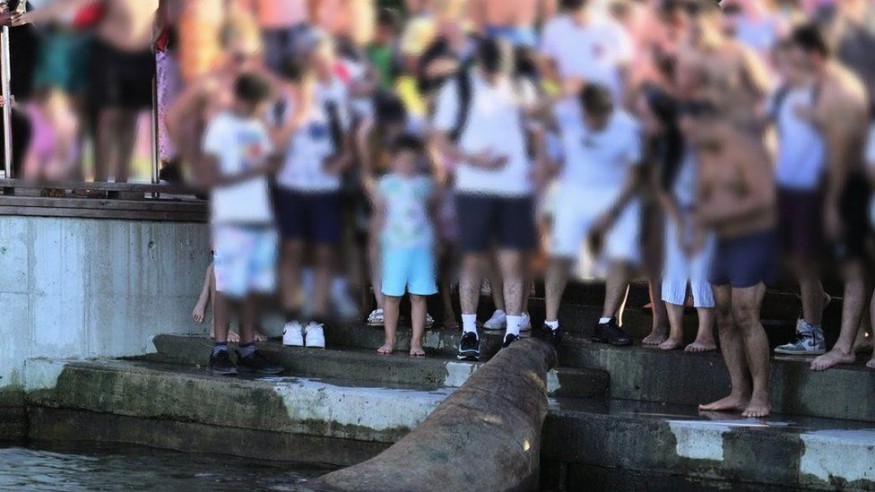A 600 kg walrus known as Freya first surfaced in the Oslo Fjord in the middle of July, not far from the Norwegian capital. She wasn't one to keep things under wraps, so when recordings of her slowly and painfully climbing onboard boats became online, she quickly rose to local fame.

Freya Euthanized
Freya was euthanized by the government less than a month after her debut because she was believed to be a risk to the public.
This has not been well received; some have even accused Norway of "murdering" the animal, and an internet fundraising campaign for a bronze monument has already garnered about $24,000 in a short period of time.
Public Outcry
Indeed, the outcry, which spread far beyond Norway's borders, was so great that even that nation's prime minister was compelled to make a statement, declaring that killing Freya was "the right decision."
However, others continue to wonder if Freya could have been spared.
Though Freya's journey to Oslo most likely began in the Arctic, sightings of her in the UK, Dutch, Danish, and Swedish seas over the past year suggest that she may have traveled throughout Europe.
The walrus attracted attention wherever she went, which worried officials in Norway.
Endangering Locals
Large groups gathered at the water's edge, close enough to touch. Local media reported that Freya chased a woman into the sea, and a kayaker experienced a "scary encounter" with the animal when she approached his craft too closely.
Erik Born, a senior scientist at the Greenland Institute of Natural Resources, claims that walruses are unexpected in their behavior and are perfectly capable of catching a seal between their front flippers and stabbing it to death. There was a clear risk when the walrus approached people or as they approached her. "Having a half-ton heavy walrus swimming among people is pretty unsafe," adds Dr. Born. "It has sharp tusks."
Furthermore, although these incidents are rare, walruses have been known to assault small boats and scuba divers.
However, that is not surprising, according to Mads Frost Bertelsen, the zoological director of the Copenhagen Zoo. Because they often reside in isolated places, walruses don't frequently interact with people. This indicates that event counts are modest, but he also notes that they have the potential to cause "severe damage."
Therefore, would Prof. Bertelsen's decision have been the same as that of the fisheries ministry? He claims to do so.
Not at Fault
Dr. Jeff W. Higdon, a consulting Arctic marine mammal biologist from Canada with experience with walruses, claims that Freya is not at fault.
He wonders why the tourists' lack of common sense did not prevent the incident from happening, saying that "Human behavior dramatically raised risk in this scenario."
Everyone who crowded the animal placed their safety and the safety of their children in jeopardy and contributed to the terrible outcome.
However, not everybody concurs that Freya's passing should have been an inevitable result of the risk.
An Arctic University of Norway professor, Fern Wickson, claims that "the risk was hypothetical rather than demonstrated."
She claims that Freya's level of risk was no more than what "we habitually tolerate in our society and daily lives."
"It was shocking and disheartening that the government opted to take Freya's life rather than try to mitigate this possible risk by introducing more effective mechanisms to manage people's behavior," says Prof. Wickson.
Related Article : Despite Outcry, Giant Bear Breaking Into Homes in California May be Killed to Protect Public
For more wildlife news, don't forget to follow Nature World News!
© 2026 NatureWorldNews.com All rights reserved. Do not reproduce without permission.





